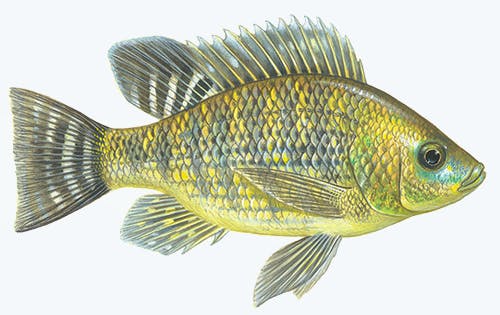All feed formulas developed by Aller Aqua at the Aller Aqua Research Centre follow these requirements to ensure proper growth and health:
Protein Needs:
Tilapia are omnivorous fish with moderate protein requirements. Their feed typically contains 28-35% crude protein for optimal growth, with juveniles needing slightly higher protein (up to 40%). Protein sources often include soybean meal, fishmeal, and other plant-based ingredients.Fat and Energy Needs:
Lipid content in tilapia diets generally ranges from 5-8%, supplying necessary energy and essential fatty acids. Tilapia efficiently utilize plant-based feed components, making plant proteins and oils effective and economical.Essential Nutrients:
Tilapia require balanced vitamins (A, C, D, E, B-complex) and minerals (calcium, phosphorus, potassium) for healthy growth and metabolism. Feed formulations often include supplements to ensure these micronutrients are met.
